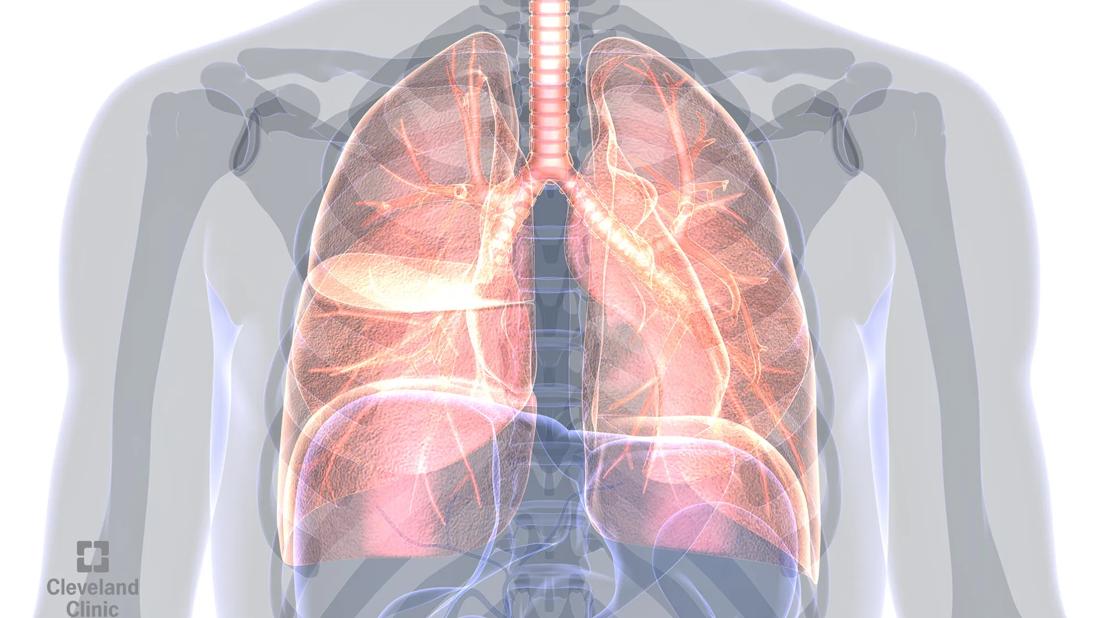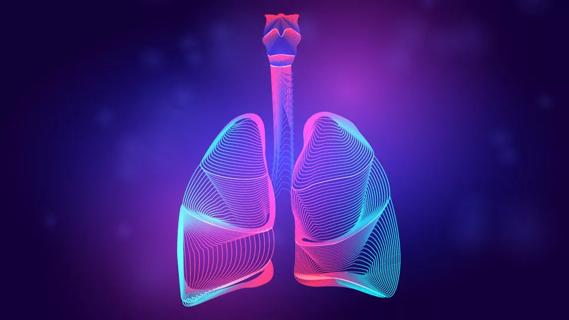Idiopathic and heritable PAH examined

By Ghaleb Khirfan, MD, and Adriano Tonelli, MD
Advertisement
Cleveland Clinic is a non-profit academic medical center. Advertising on our site helps support our mission. We do not endorse non-Cleveland Clinic products or services. Policy
Although mild hypoxemia appears to be common in both idiopathic and heritable pulmonary artery hypertension (IPAH and HPAH), little is known about the true prevalence and phenotypic characteristics of patients with IPAH or HPAH who present with hypoxemia at rest or during activities. Our recent study published in PLoS One sheds light on the impact of hypoxemia on comorbidities and survival in these patients.
IPAH and HPAH are conditions characterized by progressive narrowing of the pulmonary vessels that can lead to right heart failure and premature death. Hypoxemia and hypocapnia are commonly seen in patients with IPAH. Mild hypoxemia in patients with IPAH is generally due to abnormalities in the pulmonary ventilation/perfusion relationship, such as right-to-left shunt in the presence of a patent foramen ovale and associated comorbidities.
Hypoxemia at rest or during activities is associated with worse prognosis in other pulmonary conditions such as COPD and interstitial lung diseases. However, the impact of hypoxemia on prognosis remains unknown in patients with IPAH or HPAH.
We hypothesized that hypoxemia at rest or during exercise is common in patients with IPAH or HPAH and is associated a larger number of comorbidities and worse survival. We reviewed the six-minute walk test (6MWT) at the time of diagnosis of IPAH or HPAH. During the 6MWT, patients had pulse oximetry determinations both at rest and during the walk. Hypoxemia at rest was defined as a resting peripheral capillary oxygen saturation (SpO2) ≤ 89 percent. Meanwhile, hypoxemia during 6MWT was considered present when a reliable SpO2 measurement was ≤ 89 percent at any point during the walking portion of the test.
Advertisement
We studied a total of 292 patients (50.6 ± 18.0 years, 73 percent female) with IPAH (88 percent) and HPAH (12 percent). In this cohort, 143 patients (49 percent) had SpO2 > 90 percent at rest and during the 6MWT, 89 (31 percent) had hypoxemia during the 6MWT and 60 (20 percent) had hypoxemia at rest. Patients with hypoxemia at rest or during the 6MWT were significantly older and had higher body mass index as well as prevalence of diabetes mellitus type 2, systemic hypertension, hypercholesterolemia and coronary artery disease. These individuals also had lower functional capacity and more abnormalities on imaging studies (more pronounced interstitial markings and emphysematous changes on chest imaging) and pulmonary function tests (lower forced expiratory volume in one second, total lung capacity and diffusion lung capacity for carbon monoxide) compared with patients without hypoxemia. These differences were more pronounced in patients with hypoxemia at rest than during the 6MWT. The presence of hypoxemia either at rest or during the 6MWT was associated with worse survival even after adjusting for a great number of potential confounders (HR 3.47; 95% CI, 1.63-7.35).
In summary, our study showed that at least half of the patients with IPAH or HPAH had some degree of hypoxemia (SpO2 < 90 percent) either at rest or during 6MWT, and that this abnormality was associated with more comorbidities and worse survival. Future studies should address the issue of whether correction of hypoxemia with supplemental oxygen mitigates these adverse consequences.
Advertisement
Dr. Khirfan begins fellowship in the Respiratory Institute in July 2018. Dr. Tonelli is staff in the departments of Pulmonary Medicine, Critical Care Medicine and Pathobiology.
Advertisement
Advertisement

Advanced COPD care benefits from diverse medical expertise and perspectives

Pearls to reduce the strain of RSV, COVID-19 and influenza infections

Largest study examines factors affecting asthma exacerbations during and after pregnancy

Initial findings demonstrate improved symptoms and reduced steroid dependence

Findings show profound muscle loss variance between men and women

VOC analysis could provide biological insight into risk factors associated with CDI

A review of conservative, pressure-based and surgical treatments for OSA

Volatile organic compounds have potential in heart failure diagnostics